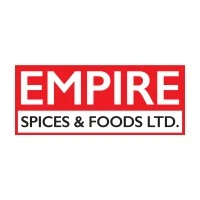Extensive Promoter Experience: With over four decades of experience in the spices industry, the promoters have established strong brand recognition for Rambandhu and built enduring relationships with customers and suppliers. These strengths continue to support the company’s operations. ESFL has a robust presence in Maharashtra and is steadily expanding into neighboring states.
Healthy Financial Risk Profile: The company maintains a solid financial position, reflected in a healthy gearing ratio of 0.56x and a moderate net worth of ₹81.65 crore as of March 31, 2023. Despite undertaking debt-funded capital expenditure, the gearing ratio is estimated to remain comfortable at 0.38x as of March 31, 2024, supported by consistent net worth growth. Debt protection metrics are strong, with an interest coverage ratio of 7.99x and a net cash accrual to total debt ratio of 0.38x in fiscal 2023. While these metrics saw slight moderation during the year, they remain at satisfactory levels.
Growing Revenue: ESFL has demonstrated robust financial performance, achieving a 3-year CAGR of approximately 18% in revenue. Simultaneously, the company's PAT has kept pace, growing at an impressive 3-year CAGR of about 21%.
